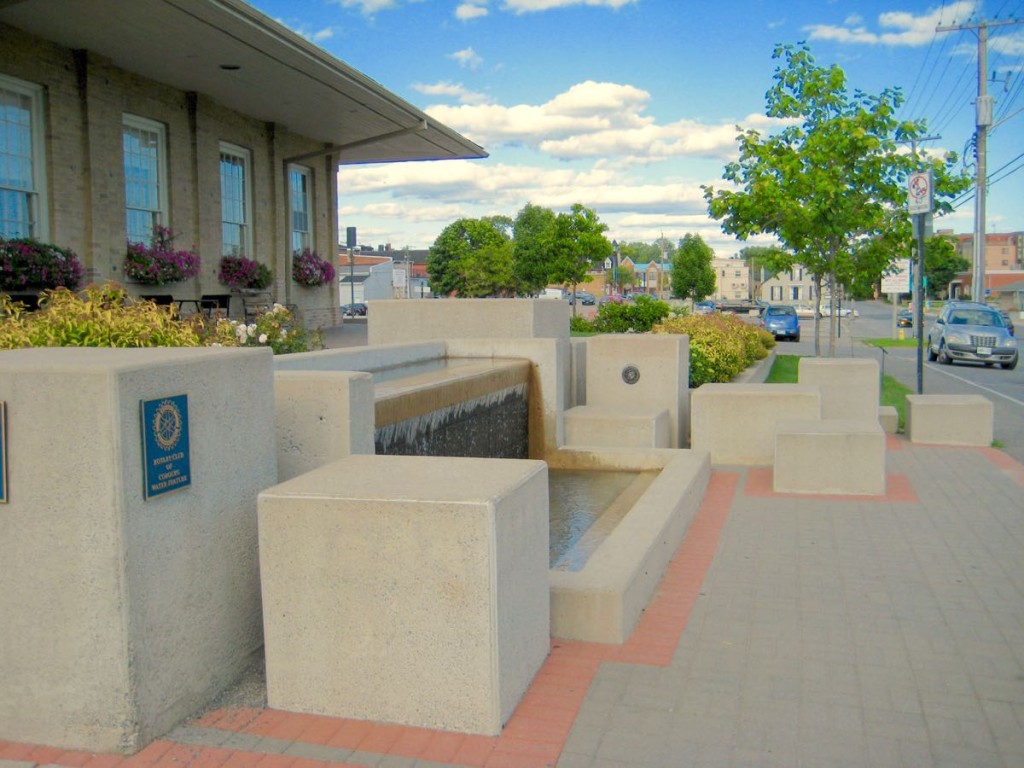About Landscape Architecture
The design, planning, management, and stewardship of the land—for the environment, for people.
Miriam Mutton Landscape Architect
Services include:
- site analysis
- conceptual grading plans
- site planning and urban design
- conceptual and detail landscape design
- plant and building material selection
- review during construction
- maintenance planning
- plans, drawings
- presentations, including video script and narration
Miriam specializes in:
- heritage conservation
- landscape restoration
- simplifying the garden
- nature-friendly gardens
- accessible and therapeutic gardens
- incorporating edibles into landscaping
Miriam is the principal landscape architect and designer. Technical services include drawing preparation and computer modelling.
Community Activities
- Member, Cobourg Horticultural Society
- Past President, Northumberland Land Trust
- Past Chair, Northumberland County Food Policy Council
- Member, Town of Cobourg Parks and Recreation Advisory Committee
- Member and Past Board Member, Architectural Conservancy of Ontario
- Member, Canadian Society of Landscape Architects Committee on Climate Adaptation
Professional Affiliations
Miriam Mutton is a member of:
Publications
- Greening of School Grounds, Creative Habitats for Learning
Contributing author on naturalization and working with volunteers. - Master of Arts in Sustainability Studies, “The Art of the Sustainable Street”
Trent University, 2015Thesis abstract:
The street influences our sense of community every day. It is argued that getting the street right communicates a collective vision for action leading to sustainable community.
This investigation continues conversations for community repair and resilient change, especially for small-town Ontario. The researcher is informed by ways of seeing inspired by Walter Benjamin’s literary montage, The Arcades Project. By method of collecting and connecting information from literature sources spanning several decades and recent interviews, this thesis demonstrates in narrative form the value to community of everyday street details of human scale. Recurrent themes are adopted as technique in validation. Findings are presented from various perspectives including those of the design professional and the politician.
The sustainable street enables communication. Research outcomes indicate knowledge transferred through the art of storytelling supports place-making and connection to community. Fragments of information connect into themes defining safe streets which foster trust among strangers, and facilitate citizenship and good governance.



